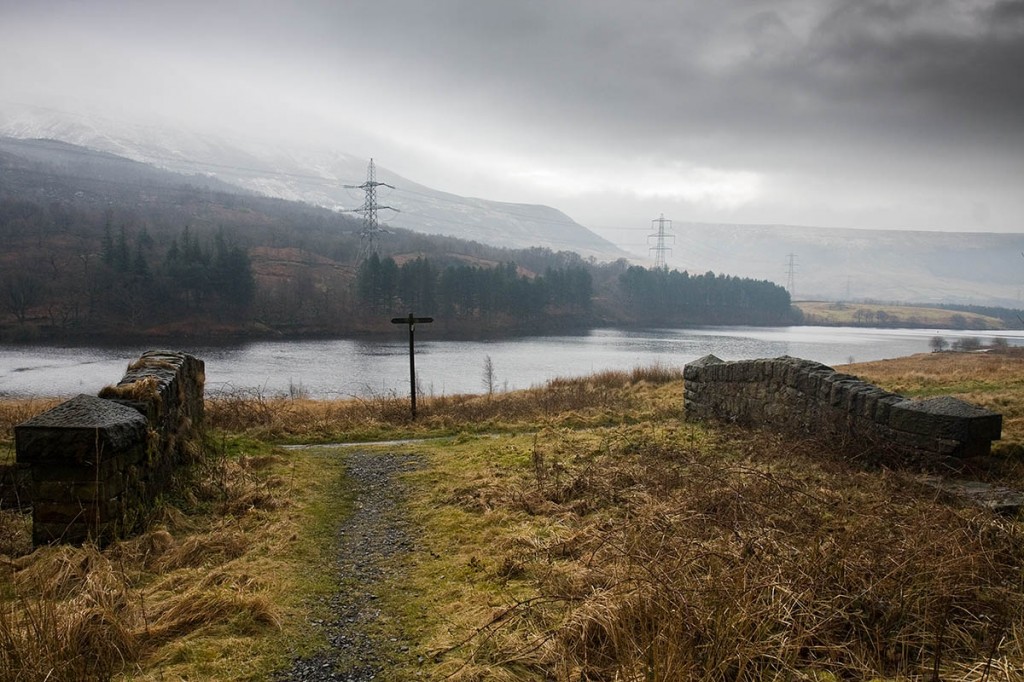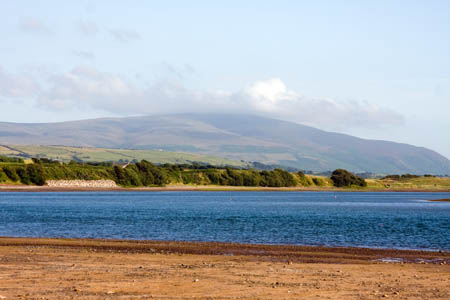Campaigners have welcomed an announcement that overhead power lines may be buried in some of England and Wales’s national parks.
But a charity in Cumbria warned the building of a new nuclear power station could lead to the building of huge pylons in the Lake District.
Plans to reduce the visual impact of electricity lines in protected landscapes were revealed today.
Twelve sections of high-voltage lines in four national parks and a number of areas of outstanding natural beauty have been shortlisted as having the most significant landscape and visual impact, following an independent study overseen by landscape expert Professor Carys Swanwick.
The study looked at 571km (355 miles) of National Grid’s electricity transmission lines in England and Wales as part of its visual impact provision project, which is making use of a £500m allowance, available from Ofgem until 2021.
Julian Woolford, Campaign for National Parks chief executive, said the announcement followed extensive lobbying of Ofgem over a number of years to make the scheme possible.
“We are really pleased that the opportunity for more pylon free views in National Parks has moved a step closer with this announcement,” he said.
“Identifying the sections of line with the most significant visual impact is an important step in the process. With National Grid and other stakeholders, we look forward to ensuring the project continues to make good progress.”
Areas shortlisted are the Brecon Beacons, New Forest, Peak District and Snowdonia national parks and the Dorset, High Weald, North Wessex Downs and Tamar Valley AONBs.
George Mayhew, National Grid representative on the project stakeholder advisory group, said: “National Grid’s electricity network is vital to our way of life, but this project will help reduce its impact on some of our most treasured landscapes.
“At the heart of the project is collaboration between National Grid, those organisations tasked with protecting Britain’s treasured areas and the people who live in and visit these landscapes.”
Part of the £500m allowance will be used by National Grid to mitigate the visual impact of sections of high voltage overhead lines in some of these locations. A range of engineering measures could be implemented including the replacement of overhead lines with underground cables and the re-routing and screening from key public viewpoints.
National Grid is also set to use part of the £500m allocation for smaller localised visual improvement projects which can be accessed by all national parks and AONBs with existing National Grid electricity infrastructure.
Chris Baines, chair of the stakeholder advisory group, said working with a range of stakeholders, including the Campaign for National Parks, gave the company a major opportunity to preserve landscapes across England and Wales.
The scheme will be launched in 2015 with the ambition to provide up to £24m over six years. Decisions about other shortlisted sites will be made in spring following further consultation and investigation of technical feasibility, economic, social, archaeological, environmental and heritage issues.
Meanwhile, the Friends of the Lake District warned a planned new nuclear power station near Sellafield could lead to the building of a network of 50m-high pylons through the edge of the Lake District.
The charity is urging outdoor fans to make their views known during a consultation into potential routing of the power lines leading from the plant.
A Friends spokesperson said: “National Grid is asking for people’s views about three options for routes to deliver new electricity supplies from west Cumbria, in its current North West Coast Connections public consultation, which runs until 28 November.
“The company prefers a route which requires building 50m-tall pylons across south-west Cumbria. The result would be 20 kilometres (12½ miles) of new overhead lines within the Lake District national park, and another 24km (15 miles) of lines and pylons running directly next to the national park.
“There is a better option. If electricity cables were taken offshore, under the sea and connecting into the grid near Blackpool, the route would avoid any new pylon development in or near to the Lake District.
“A recent study carried out by National Grid revealed this offshore route to be the least damaging to the landscape and communities of south-west Cumbria. Friends of the Lake District agrees and is supporting it.”
The charity, which represents the Campaign to Protect Rural England in the Lake District, said there was overwhelming public support for this route because it had the smallest environmental impact. However, despite this evidence National Grid would prefer to use the overland route that requires large pylons.
Friends of the Lake District planning officer Kate Willshaw said: “We understand the need to secure electricity supplies from west Cumbria, but this shouldn’t come at the expense of the landscape.
“National Grid has proposed an excellent offshore route, which enables a grid connection from west Cumbria that avoids the sensitive environment of the Lake District.
“We’re asking members of the public to help protect the breathtaking scenery of the Lake District from pylons more than twice the height of the Angel of The North, by responding to this consultation.”
Details of how to make your views heard are on the Friends of the Lake District website.


Some one who lives in Cumbria
16 November 2014The pylons will be less of an eye sore than the endless miles of wind farms that blight our county and coastline.